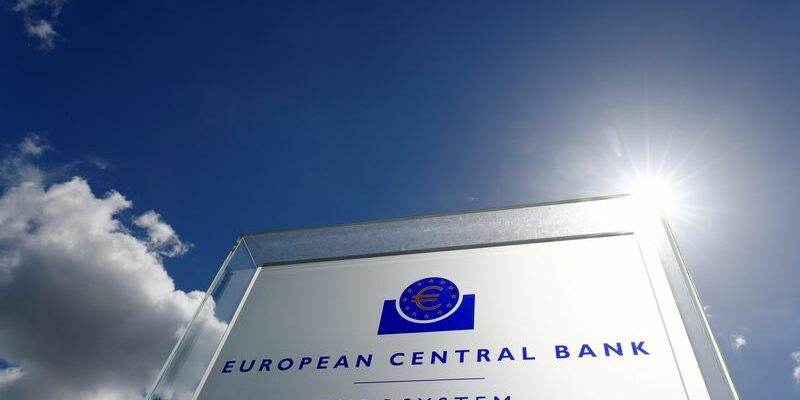by Sergio Goncalves and Andrei Khalip
LISBON/MADRID/FRANKFURT (Reuters) – The next big decision by the European Central Bank (ECB) will consist of a reduction in its key rates, several officials of the Frankfurt institution suggested on Monday, who however remain undecided on the timetable exact of this measurement.
According to Peter Kazimir, the governor of the Slovak central bank, with inflation in the euro zone moving in the right direction, the ECB should probably lower its rates in June, rather than in April as expected by the markets. This member of the ECB Governing Council notes, however, that additional data is needed to confirm this outlook.
“The next step will be a reduction, and it is within our reach,” he wrote on his blog. “I am convinced that the exact timing, whether April or June, is secondary to the impact of the decision.”
“The latter hypothesis seems more likely, but I will not draw hasty conclusions about the timetable,” he added.
In the wake of Peter Kazimir, the vice-president of the ECB, Luis de Guindos, also welcomed the ebbing of inflationary pressures in the euro zone while the ECB decided last week to leave its deposit rate unchanged again at 4 .0%, third consecutive status quo observed in as many meetings after ten consecutive increases.
“(There is) good news regarding the evolution of inflation and this will sooner or later be reflected in (our) monetary policy,” Luis de Guindos said on Spanish radio RNE.
However, he gave no indication of when ECB officials would begin easing monetary policy, only stressing that the institution would cut rates “when we are sure that inflation will reach our 2% target.” “.
While some ECB officials have suggested waiting for first-quarter wage data, released in May, to determine their impact on inflation, Mario Centeno, governor of Portugal’s central bank, said this would not be the case. This was unnecessary given that there were no signs of second-round effects on prices after two years of close monitoring.
“There is a lot more information, and (being) dependent on data is not (being) dependent on salary data (…) we do not need to wait for May salary data to have a idea of the trajectory of inflation,” he said in an interview with Reuters.
Mario Centeno points out that there is “ample evidence that inflation is falling steadily” toward the 2% target, with surprisingly sharp declines recently after “nearly all” of the shocks that fueled the surge dissipated. prices, such as energy costs and supply restrictions.
According to him, in the absence of further price shocks, the ECB’s current deposit rate of 4.0% is the terminal rate, meaning the next step should be a reduction.
“We can react later and more strongly, or earlier and more gradually. I am entirely in favor of gradual scenarios, because we must give economic agents time to adapt to our decisions,” he said. said, believing that stepwise declines of 25 basis points are “a good metric.”
(Reporting Balazs Koranyi, Sergio Goncalves, Andrei Khalip, Jesús Aguado and Emma Pinedo, French version Claude Chendjou, edited by Blandine Hénault)
Copyright © 2024 Thomson Reuters
